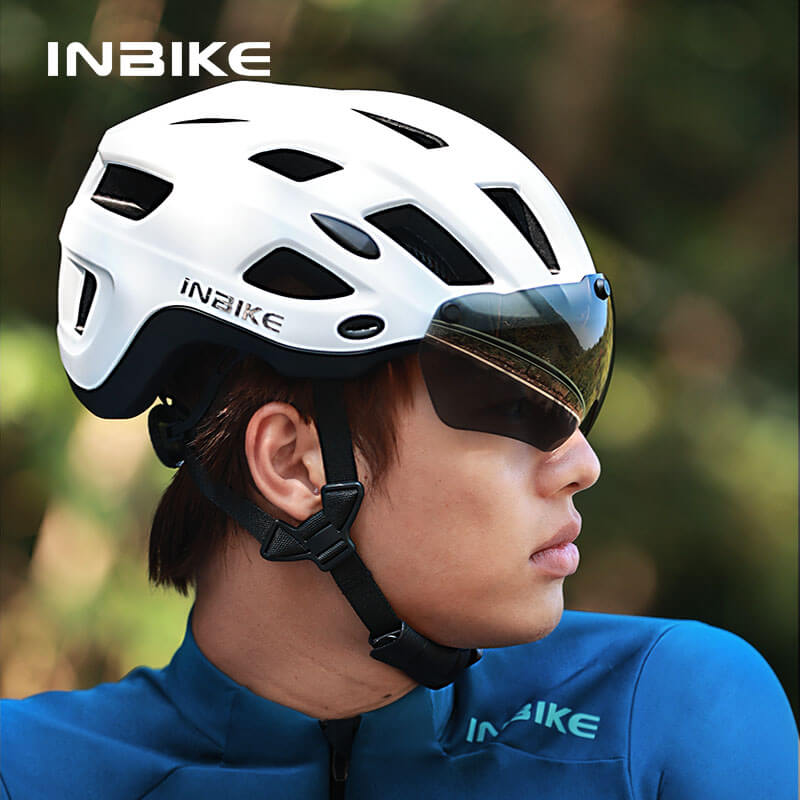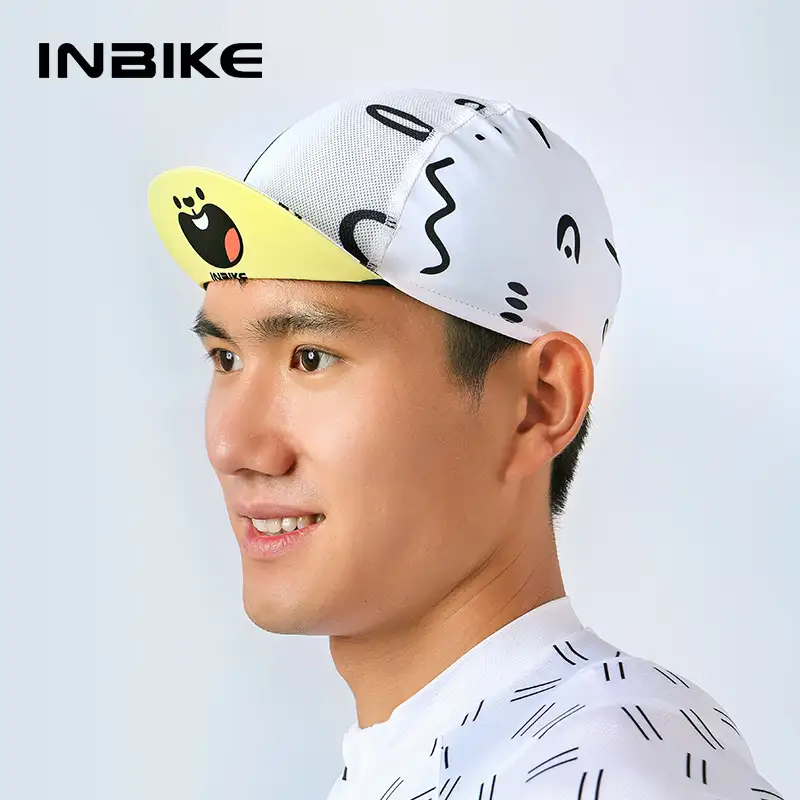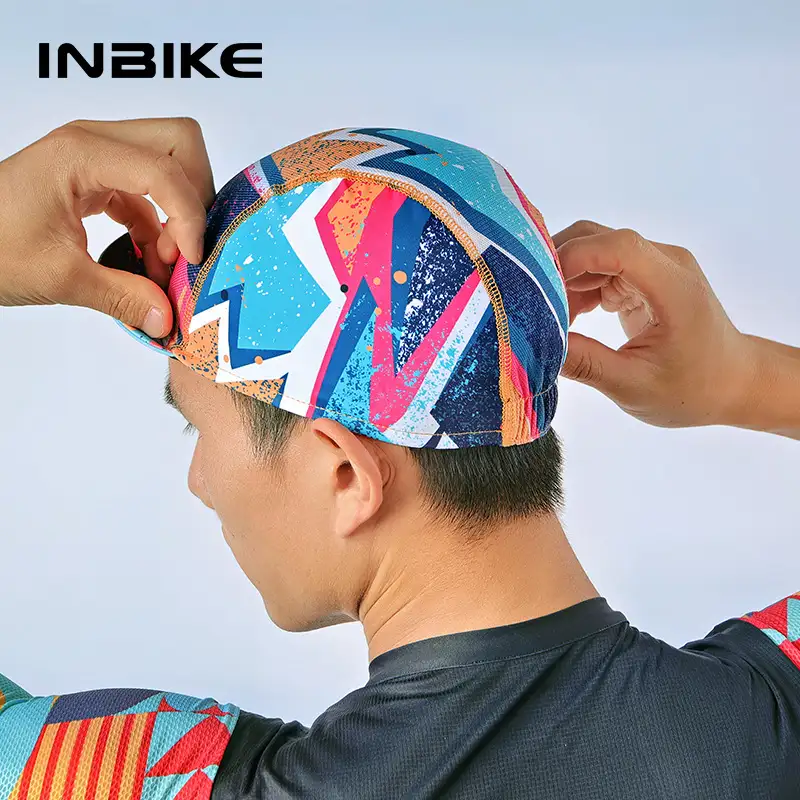Relationship Between Bike Helmets and Cycling Caps
Cycling is a popular outdoor activity that many people enjoy for exercise, recreation, and transportation. Two key pieces of cycling gear are bike helmets and cycling caps. While their purposes overlap, there are some key differences between cycling helmets and caps.
Helmets are primarily a safety device, engineered to protect a cyclist’s head in the event of an accident or fall. They cover the entire head and have an inner layer of expanded polystyrene foam to absorb impacts. The hard outer shell spreads force from an impact around the helmet. Helmets must meet safety certifications and standards to be sold. Most jurisdictions require cyclists to wear helmets when riding. Wearing a properly fitted helmet significantly reduces the risk of head injury in a cycling accident.

In contrast, cycling caps are a more casual accessory, worn for comfort, performance, and style. Cycling caps are lightweight, breathable hats that provide shade from the sun and absorb sweat. The long bill or visor shields the eyes from sun glare. Cycling caps are often made from quick-drying polyester or nylon. The back of the cap may be mesh for ventilation. Stretchy spandex or an adjustable strap allow a snug fit. The style provides full coverage for the head and does not blow off easily like a baseball cap can. Many cyclists wear a cap under their helmet for extra sun protection and to manage sweat and hair.

While caps lack the protective structure of helmets, they do offer some secondary safety benefits. The bill protects the eyes from objects that might get kicked up while riding. Tight cap fabric wrapped around the forehead can prevent sweat from dripping into eyes. The cap absorbs sweat to keep it from running down the face. The fabric may also provide a thin barrier against scrapes if a cyclist falls off the bike but is not seriously injured. However, a cap should never be considered an alternative or replacement for a helmet when safety is concerned.
Some key differences between helmets and cycling caps:
- Helmets are mandatory for safe riding while caps are optional.
- Helmets have thick impact-absorbing foam; caps are just thin fabric.
- Helmets have a rugged outer shell while caps are soft. – Helmets cover the entire head; caps just cover the top.
- Helmets are designed to break apart to absorb force; caps have no impact protection.
- Helmets are heavier and bulkier; caps are lightweight.
- Helmets meet strict government safety standards; caps have no standards.
- Helmets are designed to stay put in a crash; caps can fly off the head easily.
- Helmets come in various sizes for a precision fit; caps come in S/M/L sizes. – Helmet vents channel air through for cooling; caps absorb sweat with minimal vents.
While their designs are incompatible, helmets and cycling caps actually complement each other quite well. Each performs a separate function. A cap lined with sweat-wicking technical fabric helps keep sweat out of your eyes. The cap also provides an extra layer to protect your scalp from the sun. Having the cap’s bill overlap the helmet’s visor offers additional protection from sun glare and low-hanging branches on trails. The cap bills often have reflective elements to make cyclists more visible to traffic.

The trend in cycling fashion and gear is to coordinate helmets and caps into a matching kit. Many helmet and apparel manufacturers sell caps made from the same colorful fabrics and materials as their helmets. Mixing and matching complementary colors and patterns between the helmet and cap creates a unified, stylish look. For example, a cyclist could wear a bold red helmet with a black-and-red checkered cap. Some cyclists prefer a minimalist aesthetic by choosing a bike helmet and cycling cap in a perfectly matched solid color.
While matching helmets and cycling caps is an eye-catching look, safety should still come first when choosing a helmet. Only purchase helmets that meet national safety standards. Ensure that the helmet fits your head shape correctly and does not obstruct vision or hearing. Select a cap made from lightweight technical fabric that wicks moisture, dries quickly, and fits snugly under your helmet. With a properly fitted helmet and cap, you can cycle in safe, functional style.

